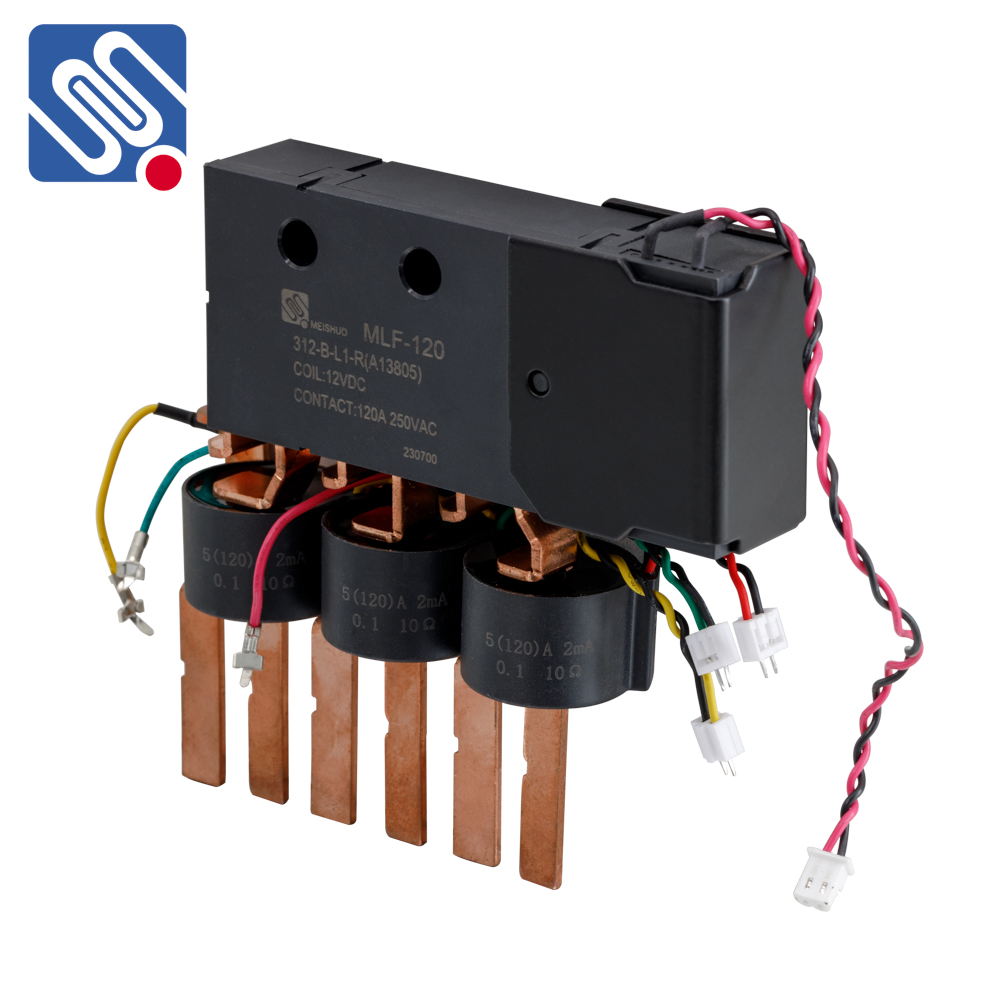Relay assembly plays a vital role in the manufacturing of electrical control systems, automating the process of switching on and off circuits in response to varying electrical signals. This process is fundamental in various fields, including industrial automation, circuit protection, and signal control. The ability to design, assemble, and test relays is crucial to ensuring the reliability and functionality of electrical systems. In this article, we will explore the importance, steps, and key considerations in the process of relay assembly.

What is Relay Assembly? Relay assembly refers to the process of putting together the essential components of a relay, a type of electrical switch that is operated by an electromagnet. When the relay coil is energized, it either opens or closes the circuit, allowing or interrupting the flow of electrical current. Relays are commonly used to control higher power circuits using low power signals, making them indispensable in applications ranging from automotive systems to industrial machinery. The relay assembly process ensures that the individual components—such as the relay coil, contacts, springs, and casing—are correctly assembled and tested. Any errors or faults in this process could lead to malfunctioning relays, which in turn can compromise the operation of the entire electrical system.